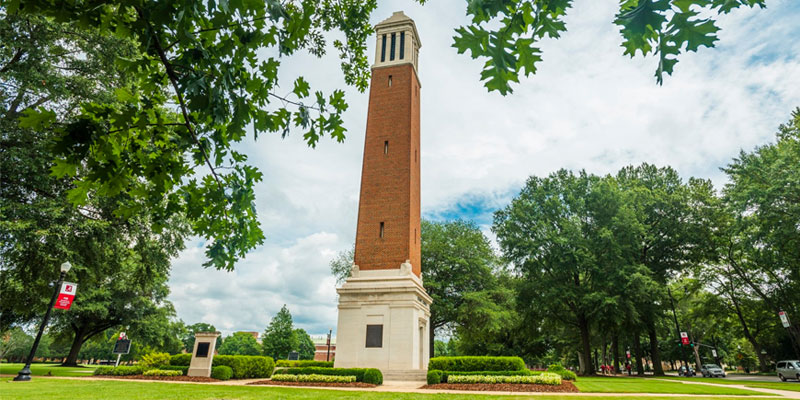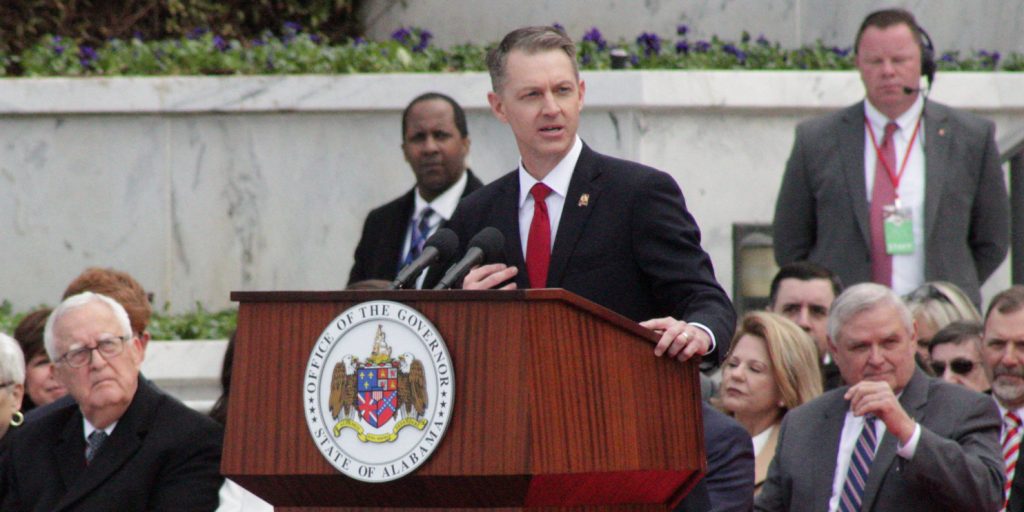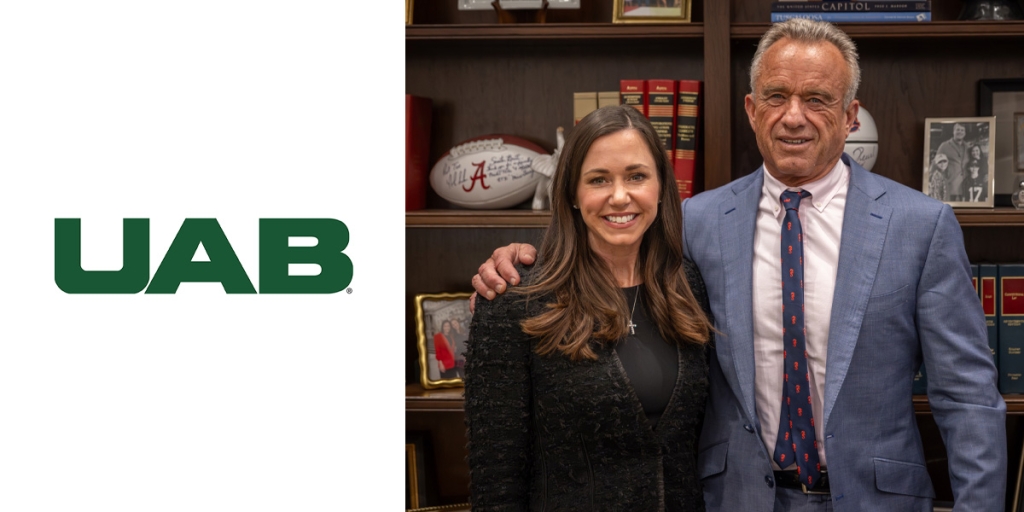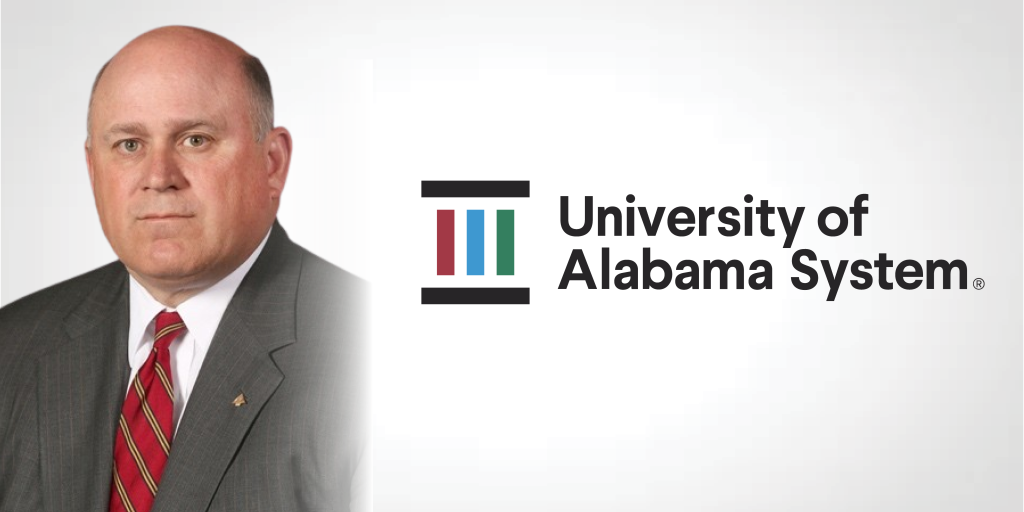The University of Alabama System on Friday released data that seems to show its comprehensive return-to-campus efforts are working.
Through its online dashboard, the System unveiled the latest COVID-19 testing numbers from the University of Alabama, the University of Alabama at Birmingham (UAB) and the University of Alabama in Huntsville (UAH).
This data revealed that there have been 481 students test positive at UA since Monday after the dashboard was originally launched.
Friday’s data came seven days after the university essentially instituted a moratorium on non-academic on-campus gatherings and activities, and four days after Tuscaloosa Mayor Walt Maddox shut down bars and restaurant bar service in the city.
The System dashboard when launched showed that 531 UA students had tested positive in the five-day period beginning August 19 after initially testing negative in their mandatory reentry tests.
The numbers released Friday indicate that UA’s and Maddox’s swift and decisive actions could very well result in a textbook flattening of the curve for the student population.
However, more time will be needed to know for certain, and the campus community needs to diligently follow all university, local and state guidelines to continue making a successful on-campus fall semester possible.
Emphasizing this reality, Dr. Selwyn Vickers — dean of the School of Medicine at UAB and co-chair of the UA System Health and Safety Task Force — stated on Friday, “With all the efforts and tools we have provided college campuses for safe entry, none are more crucial than students following the basic public health principles of social distancing, wearing masks and avoiding large groups.”
Maddox, whose daughter is a freshman at The Capstone, expressed in a live streamed press conference on Thursday that he feels comfortable not only as the mayor of Tuscaloosa, but as a parent, with the University of Alabama’s handling of return-to-campus efforts.
“I believe my daughter is safer at the University of Alabama than anywhere else or she wouldn’t be out there, so that should give you my level of comfort,” Maddox said.
In a statement on Friday evening, UA System Chancellor Finis St. John thanked Maddox and the City for doing their part to keep students safe off-campus.
“We remain concerned that off-campus transmission is our greatest risk, which is why we asked Mayor Maddox to consider that action,” St. John said, referring to Monday’s decision on bars and bar service. “We thank him for making that difficult decision to protect our campus community and Tuscaloosa.”
It should further be noted that UA’s designated isolation and quarantine space is at 36.09% occupancy, so the university can comfortably handle the current number of confirmed cases in that regard.
Dr. Ricky Friend, dean of the College of Community Health Sciences at UA, added, “Our exposure notification efforts have revealed no evidence of virus transmission due to in-person class instruction. We remain satisfied that the precautions implemented prior to the resumption of classes – including masking, distancing, and a blend of in-person and remote instruction – are appropriate and effective.”
System overall
At UAB and UAH combined, only 12 students have tested positive after initially testing negative during reentry testing. Additionally, entry testing at both schools showed very low numbers of cases. UAB saw a 0.70% positivity rate from entry testing, while UAH saw merely 0.30% positivity.
A release from a System spokesperson on Friday advised, “At this point, no COVID-positive students at UA, UAB or UAH are hospitalized and there is a high overall vacancy rate (70+%) in UA System isolation spaces.”
Chancellor St. John underscored confidence in the System’s meticulous plan and implementation of that plan. Sentinel testing, a form of sampling, was slated to begin through GuideSafe on Friday. That will occur throughout the semester, as well as the continuation of for-cause testing, which is the testing of symptomatic individuals or those directly exposed to known positive individuals.
“Sentinel and for-cause testing following entry testing is a key pillar of our UA System Comprehensive Health and Safety Plan,” St. John outlined. “We have the most robust testing regimen of any entity in the state, giving us a clear picture of virus spread and informing our decisions. Fortunately, our isolation occupancy is below capacity, and the number will be adjusted as students complete the isolation period. We are closely monitoring our data daily, and we will continue to adjust operations as the situation warrants.”
Sean Ross is the editor of Yellowhammer News. You can follow him on Twitter @sean_yhn













